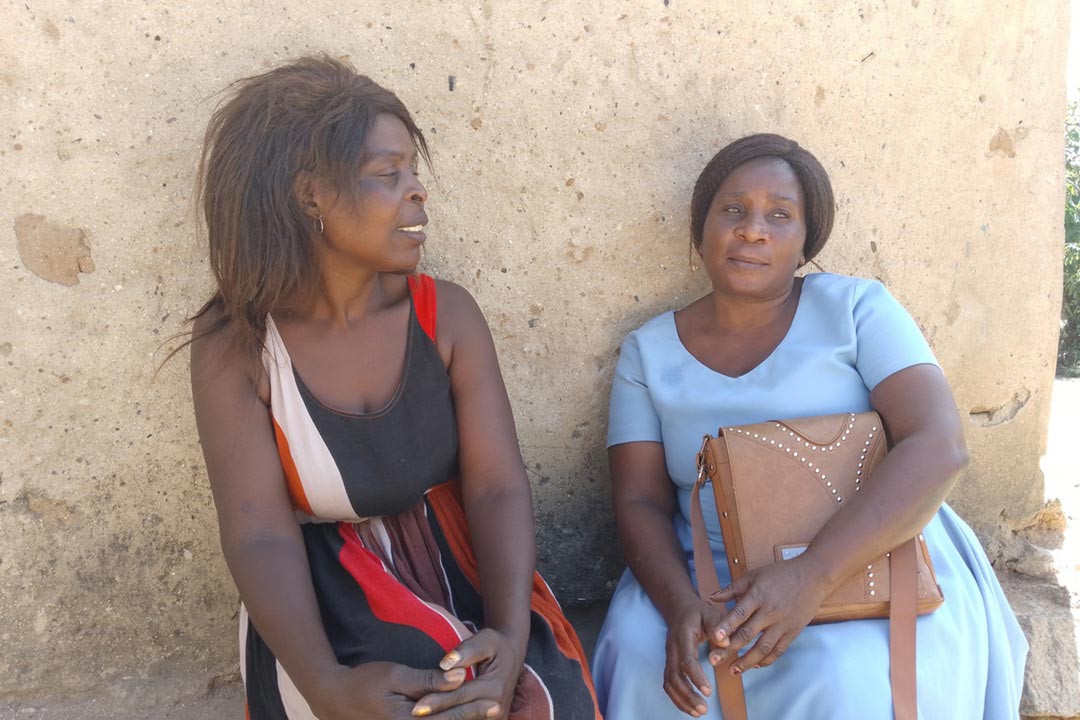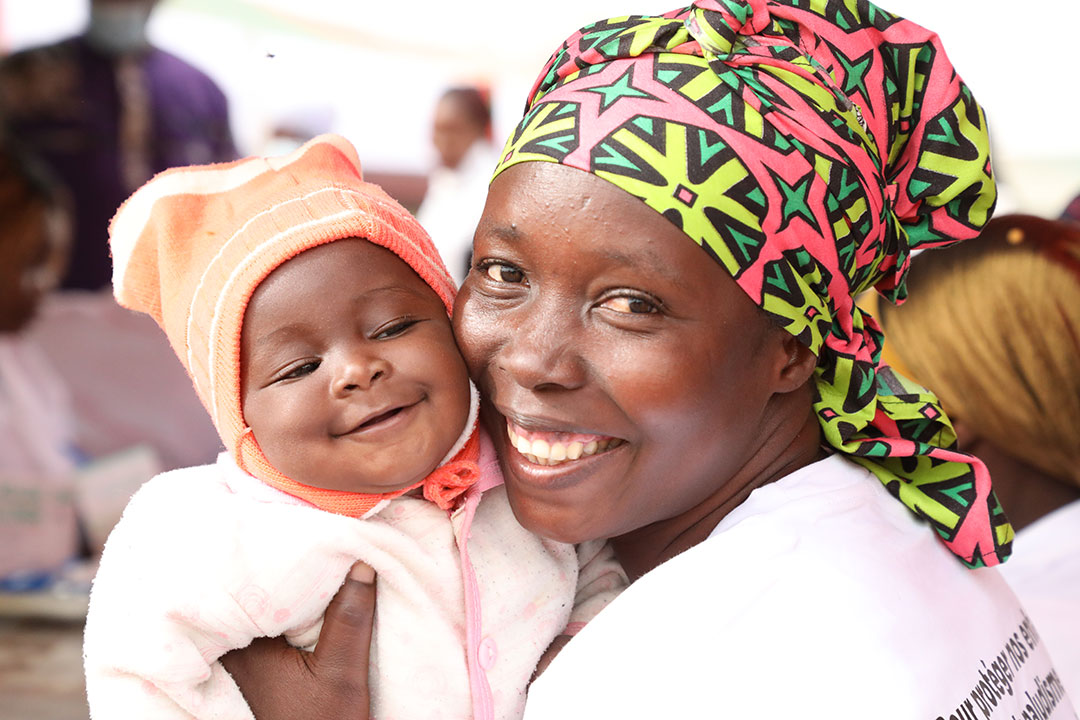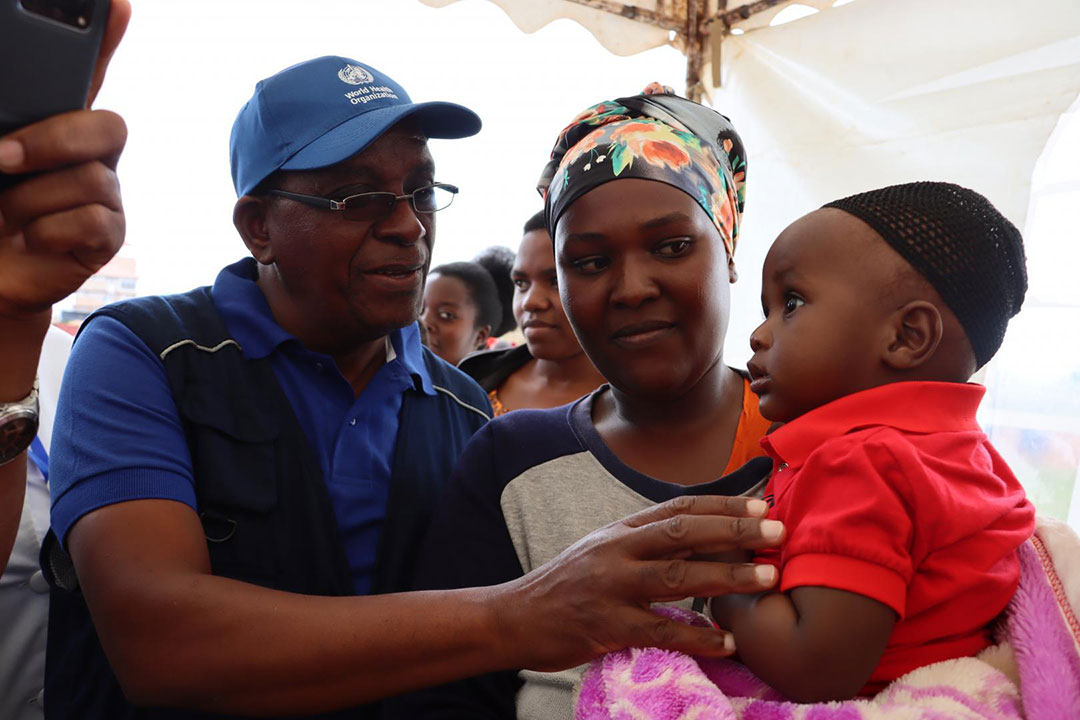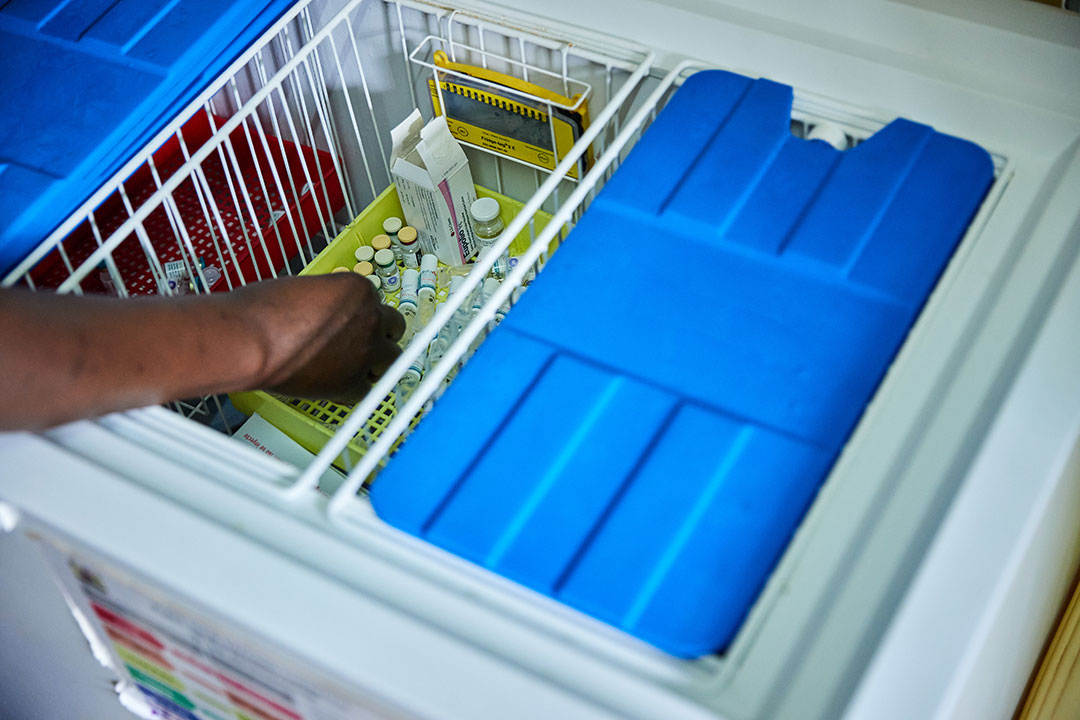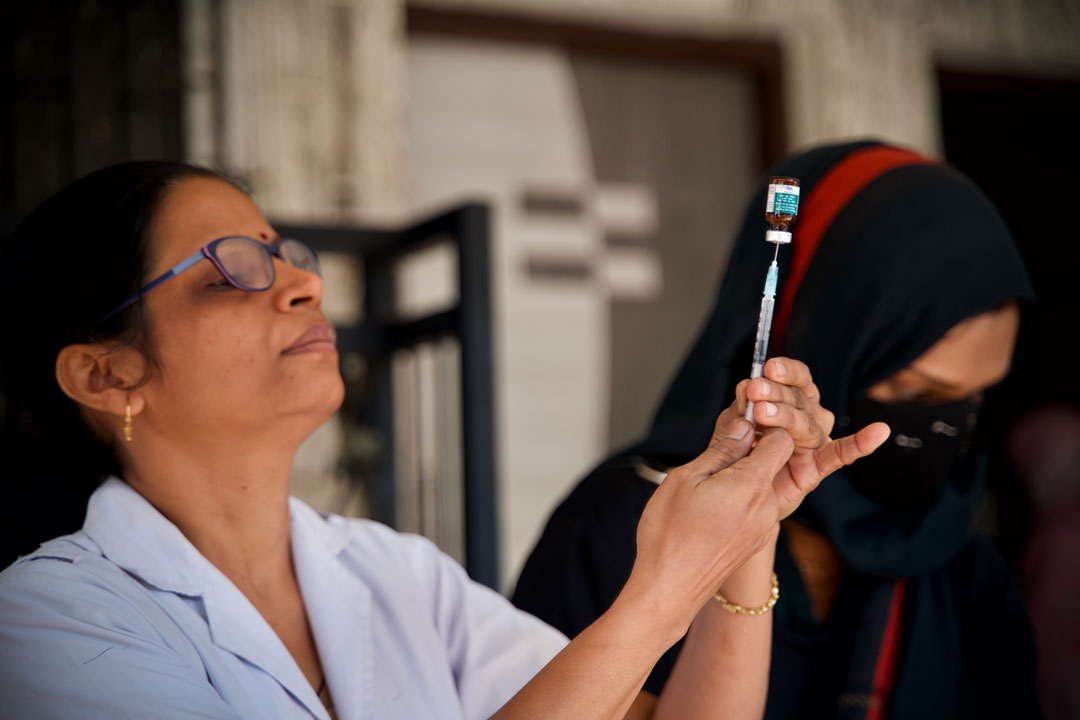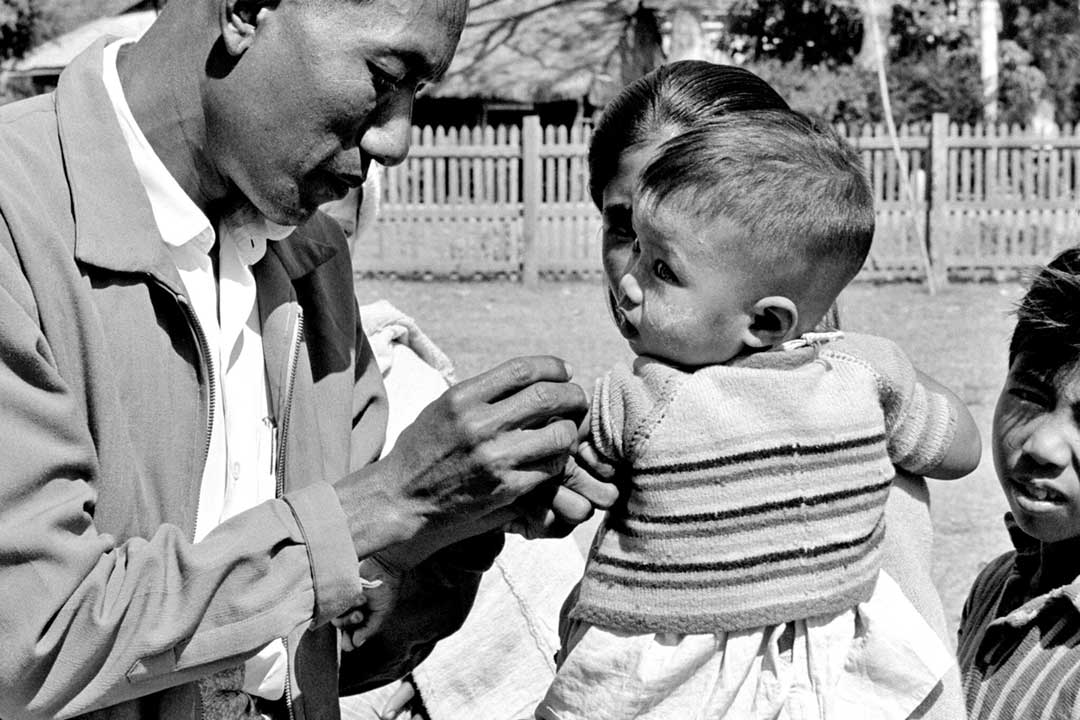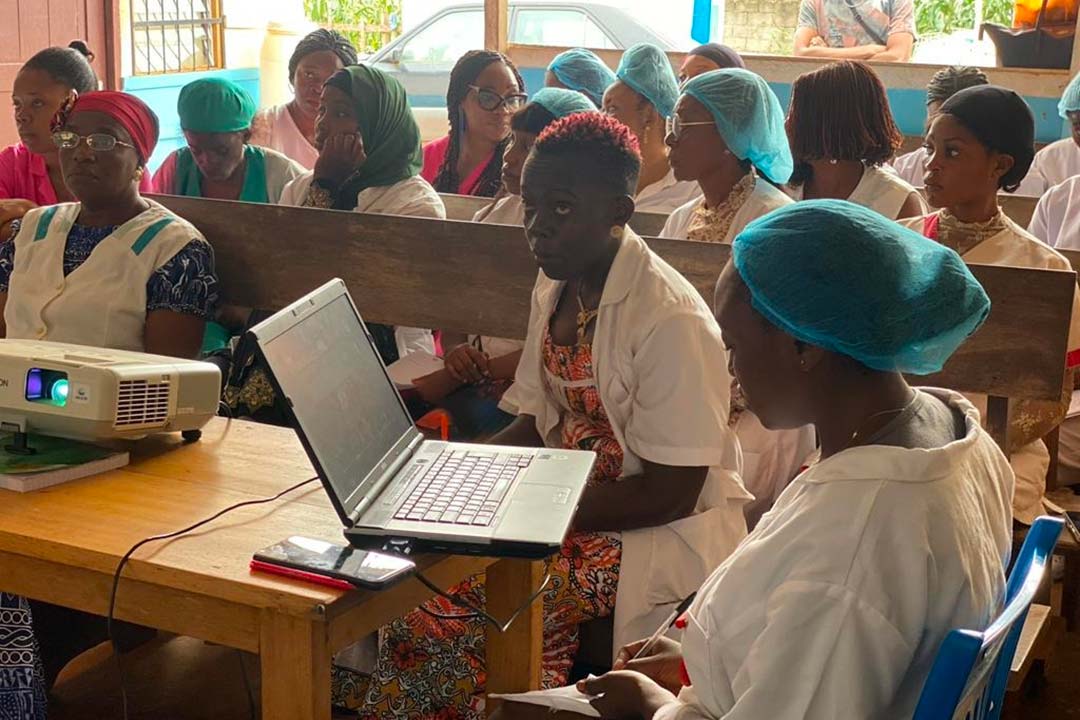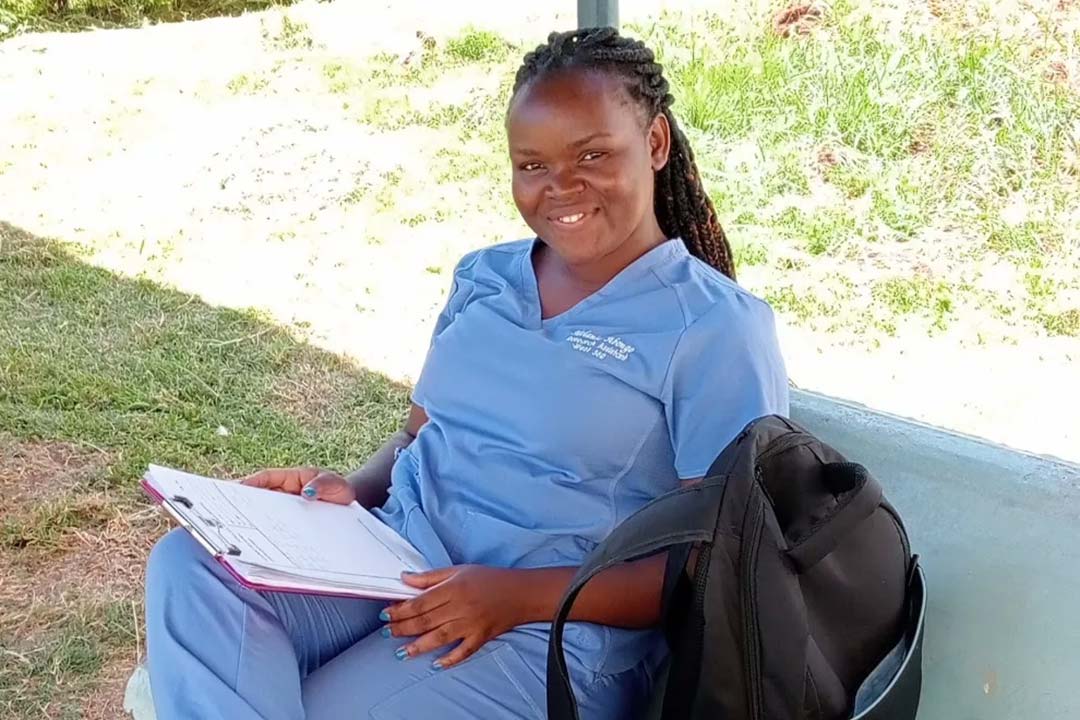How COVID-19 could be causing a rare complication in children
Initially, children seemed to be least affected by the new coronavirus. However, new evidence suggests that a small number might have a rare immune reaction to COVID-19, with some needing intensive care.
- 15 May 2020
- 3 min read
- by Gavi Staff

The most vulnerable groups in the COVID-19 pandemic so far have been older people and those with underlying conditions such as diabetes – children have appeared to be least affected. On average, they have made up less than 2% of COVID-19 cases.
There is evidence of small clusters of children across Europe and the USA being affected by a rare inflammatory disease linked to coronavirus.
Yet five months since the new coronavirus first emerged, there is evidence of small clusters of children across Europe and the USA being affected by a rare inflammatory disease linked to coronavirus.
Symptoms of a new inflammatory syndrome
The number of children affected by what doctors are calling paediatric inflammatory multisystem syndrome (PIMS-TS) is small – around 100 children are thought to have been affected in the UK – and most have a high fever, rash, red eyes, swelling and general pain. Some have had to be put on a ventilator for heart and circulation issues or treated with blood thinners and immune modulators.
The symptoms can resemble Kawasaki disease, a rare condition that can include swollen glands in the neck and a rash. Many of the more extreme symptoms in children, especially high fever and multi-organ failure, are associated with toxic shock syndrome, which results from a so-called ‘cytokine storm’, which has been a characteristic of infection with COVID-19. Cytokines are small proteins that increase the body’s immune activity; in some cases, they trigger such a flurry of activity that the immune system starts to attack healthy tissues, which is what can cause multi-organ failure and circulatory issues.
A delayed immune reaction to COVID-19
When children with the symptoms were tested for COVID-19, most did not have traces of the virus, but did have antibodies against it. This suggested they had been infected with the new coronavirus and were showing an unusual and delayed immune reaction, many weeks after initial infection.
So far, the number of cases has been relatively small, so there is a limit to the conclusions that researchers can draw. Yet because the symptoms of an inflammatory response links with the cytokine storm seen in adults with COVID-19, and the fact that this condition has only emerged since the pandemic, doctors seem to think it's related to the new coronavirus.
Although only a few cases have been seen until now, as the virus spreads, researchers studying these cases expect to see more of them over the coming months.
